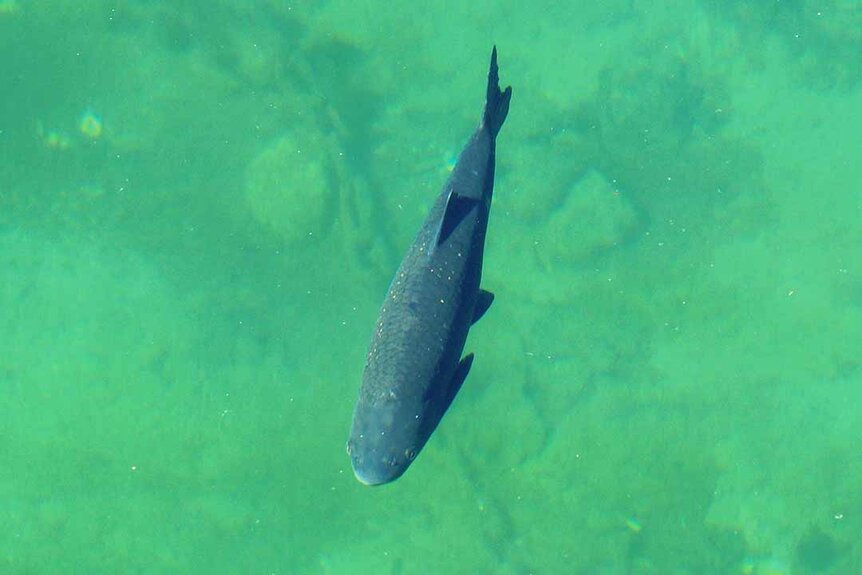Create a free profile to get unlimited access to exclusive videos, sweepstakes, and more!
Back from the Dead, “Extinct” Fish Is Alive and Thriving
Sometimes, in science, you make an oopsie.
Generally speaking, once a species goes extinct, that’s the end of the road. It’s tough to rebuild your population from zero. Of course, scientists are working on de-extinction techniques to assist threatened species with thin populations and to recover species which have been lost. While there have been a few minor successes among recently lost species and species who are still around but threatened — like Elizabeth Ann, the adorable cloned black-footed ferret — the only real place to see extinct species is in Jurassic Park (streaming now on Peacock).
Which makes it pretty weird that the houting, a species of whitefish native to Europe, was recently discovered to be alive and well after being declared officially extinct in 2008. The story of the houting’s resurrection, however, has more to do with human error than anything miraculous or technological.
The Temporary Extinction of the Houting
The houting, known by its Latin name Coregonus oxyrinchus, is a small whitefish which once swam rivers and streams all over Europe. In the mid-20th century, as fisheries sprung up and habitats shifted, the houting vanished from the rivers, prompting many to believe it was gone forever. In 2005, a morphological study (comparing physical characteristics) compared preserved museum specimens of the houting with other European whitefish and determined they were, in fact, a separate species which no longer existed. Three years later, in 2008, the houting was officially declared extinct.
RELATED: Colossal Biosciences And Biorescue Partnering Up to Save Northern White Rhino from Extinction
The problem is that morphologies aren’t the most reliable when it comes to determining species. Fish, like lots of aquatic animals, are famous shapeshifters. The bodily transitions which occur during salmon migrations are one of the most famous among fish, but far from the only example. If you want to figure out an animal’s species, DNA is a way better bet.
Now, researchers from the University of Amsterdam and elsewhere have completed the first ever genetic comparison of the historical houting (via museum specimens) and modern European whitefish. The results of that study were published in the journal BMC Ecology and Evolution. Scientists began by gathering living specimens and a collection of museum specimens dating back to as early as 1754. Then they sequenced the DNA and created a phylogenetic tree of the specimens.
RELATED: How Teeth Saved Humanity’s Primate Ancestors From a Secret Sixth Mass Extinction
The results revealed that all of the fish were the same species, simply exhibiting differences in morphology and behavior. It’s not that the houting went extinct, it’s just that the river environment they previously enjoyed was no longer suitable. So, they packed up and went in search of better waters.
It turns out then, that the houting is no longer extinct. More accurately, it was never extinct to begin with. We were just confused. But the story does highlight the weirdness which emerges at the boundaries of things, especially when we try to cram natural phenomena into cozy little boxes.
Even when those boxes are electrified, nature finds a way to break them. Catch Jurassic Park, streaming now on Peacock!































